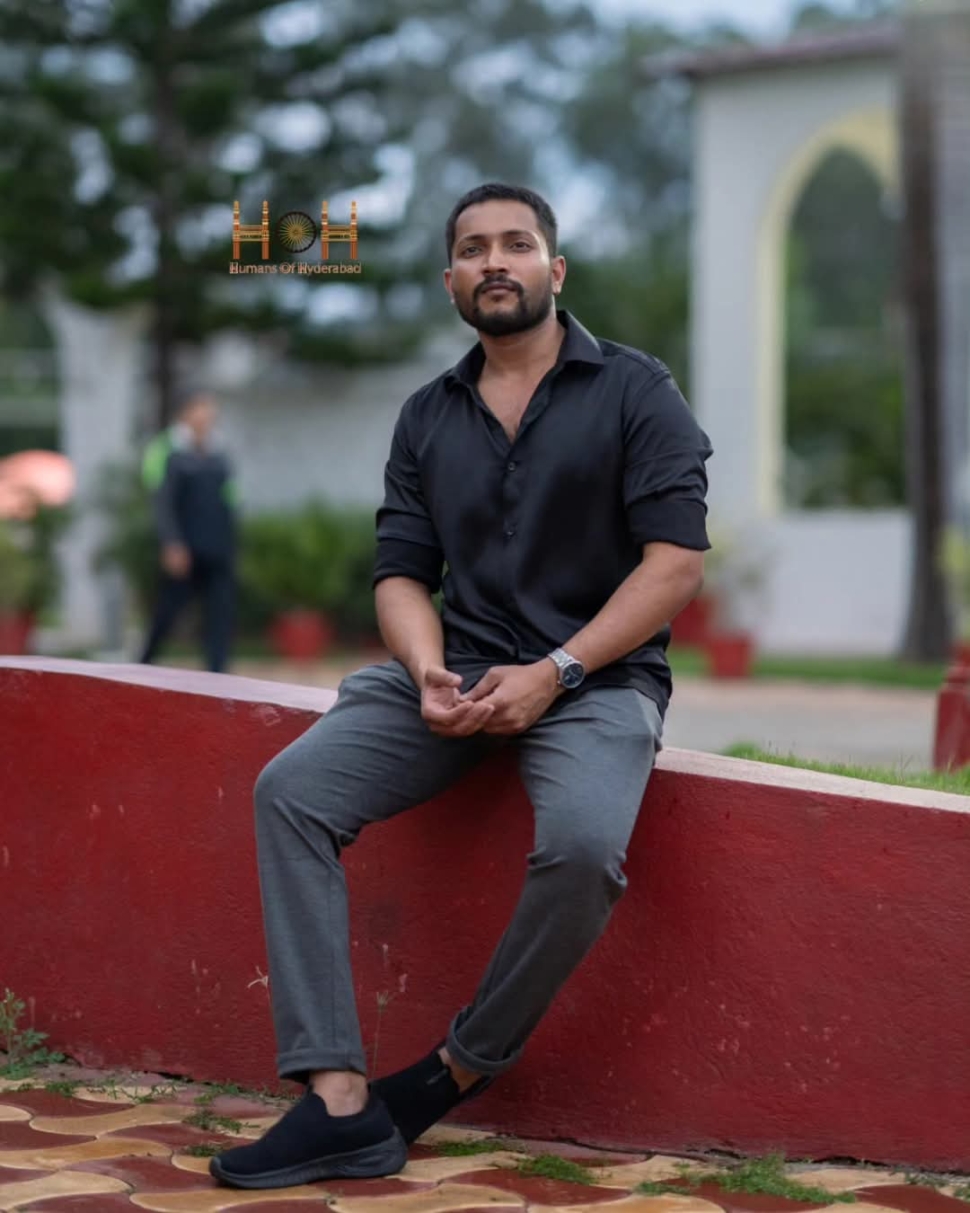“I grew up in Hasanparthy, a village in Hanamakonda, Warangal. My childhood was pretty typical, but art was something that came naturally to me. At 13, I started sketching caricatures and quickly realized I had a knack for it.
After finishing my 10+2 from my hometown, I moved to Hyderabad for graduation. That’s when everything changed. Cinema had always fascinated me, but I didn’t know how to enter the field until I met someone with similar interests. He was an aspiring director, constantly writing scripts and experimenting with visuals. He introduced me to photography, taught me how to use a camera, and explained the basics. I even acted in a couple of his short films.
For three years, we traveled together, chasing our dreams in the industry. Then, we moved on to find our individual paths—he pursued cinematography and is now a DOP in TFI, while I focused on Photography.
Coming from a family of teachers, my career choice wasn’t exactly welcomed. My father, a physics professor at Osmania University, had different expectations for me. For nearly five years, we barely spoke because of the path I chose. But over time, things settled, and now, he understands and respects what I do. I’m grateful for that.
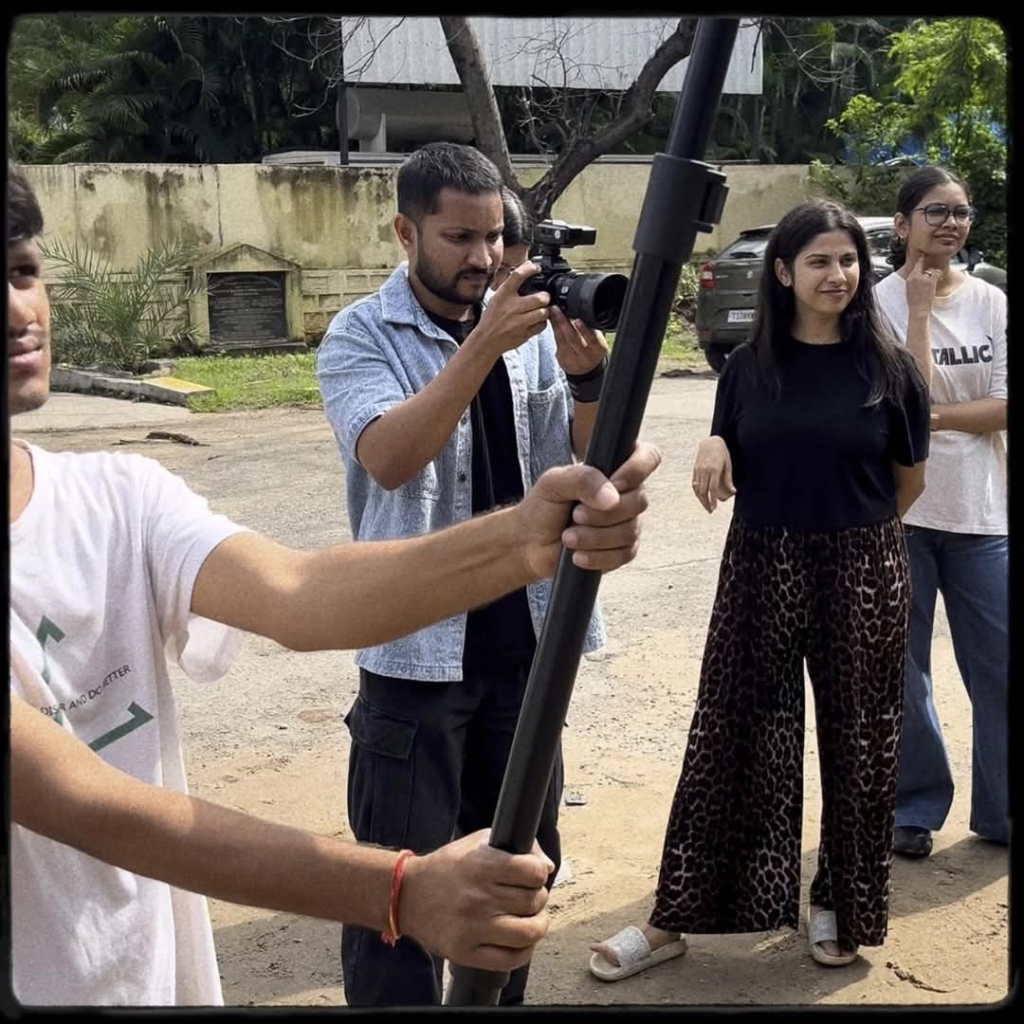
I started out photographing nature and still life, experimenting with everything I could. Like Henri Cartier-Bresson said, “Your first 10,000 photographs are your worst.” I definitely lived through that phase, capturing anything and everything—living beings, objects, different settings. Over time, I got better at analyzing light. That’s what photography is really about. More than camera settings, it’s about understanding light.
At some point, I realized I never got tired of photographing people. Faces intrigued me. That’s how I gravitated toward fashion photography. Every face tells a story, and no matter the assignment, I always take time to capture portraits—it keeps my creativity alive.
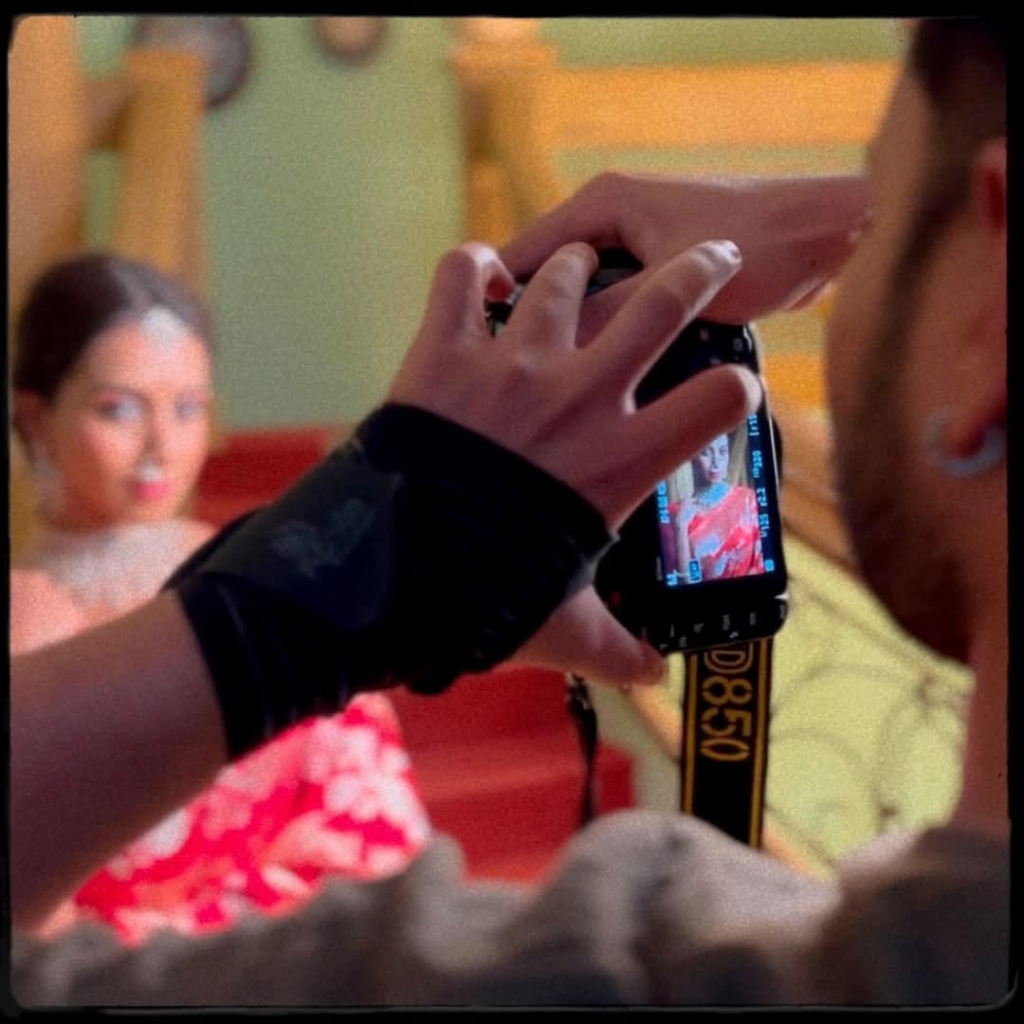
Breaking into the industry wasn’t easy. I had no connections, no prior experience assisting anyone. The only way I could get my work out there was through Instagram. I treated it like my portfolio, posting my best shots and collaborating with different artists. Opportunities started coming through DMs. That’s how I built my clientele.
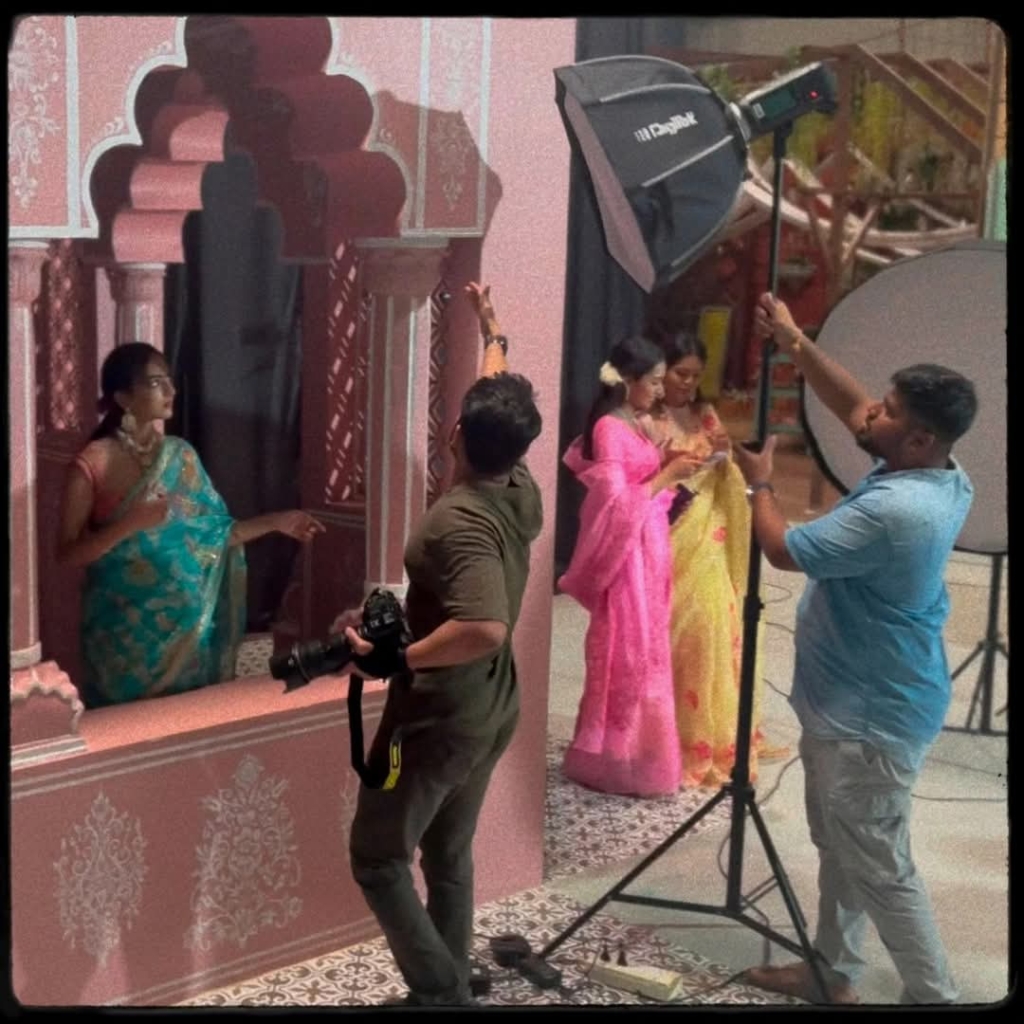
Hyderabad’s fashion industry is tough. You can’t rely on fashion photography alone because opportunities are limited. Competition is fierce, and balancing high standards with financial stability is challenging. Many photographers pursue fashion for creative fulfillment while taking up other work for income. Partnering with agencies helps, but you have to be flexible with what you get in return.
Every shoot has been a learning experience for me, but the poster shoot for Thank You Brother was particularly challenging. We were working in a cramped elevator set, and my usual lighting setup just wouldn’t fit. I had to get creative, adjusting everything on the spot. That experience made me realize how important adaptability is.
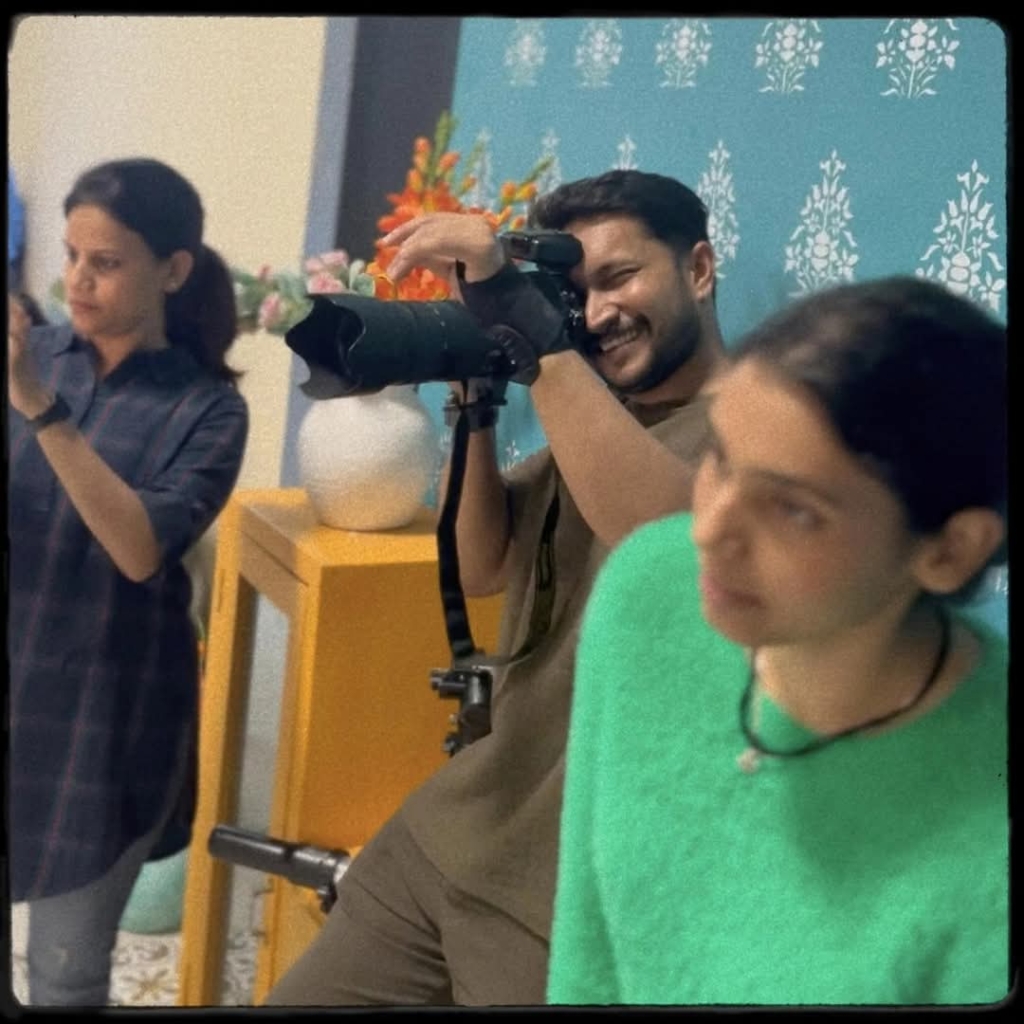
When I’m photographing someone, I’m not just looking at their face. I focus on their geometry, how the light interacts with their features. Many clients want perfectly lit portraits, but for me, real magic happens in the interplay of light and shadow. Without shadows, there’s nothing interesting.
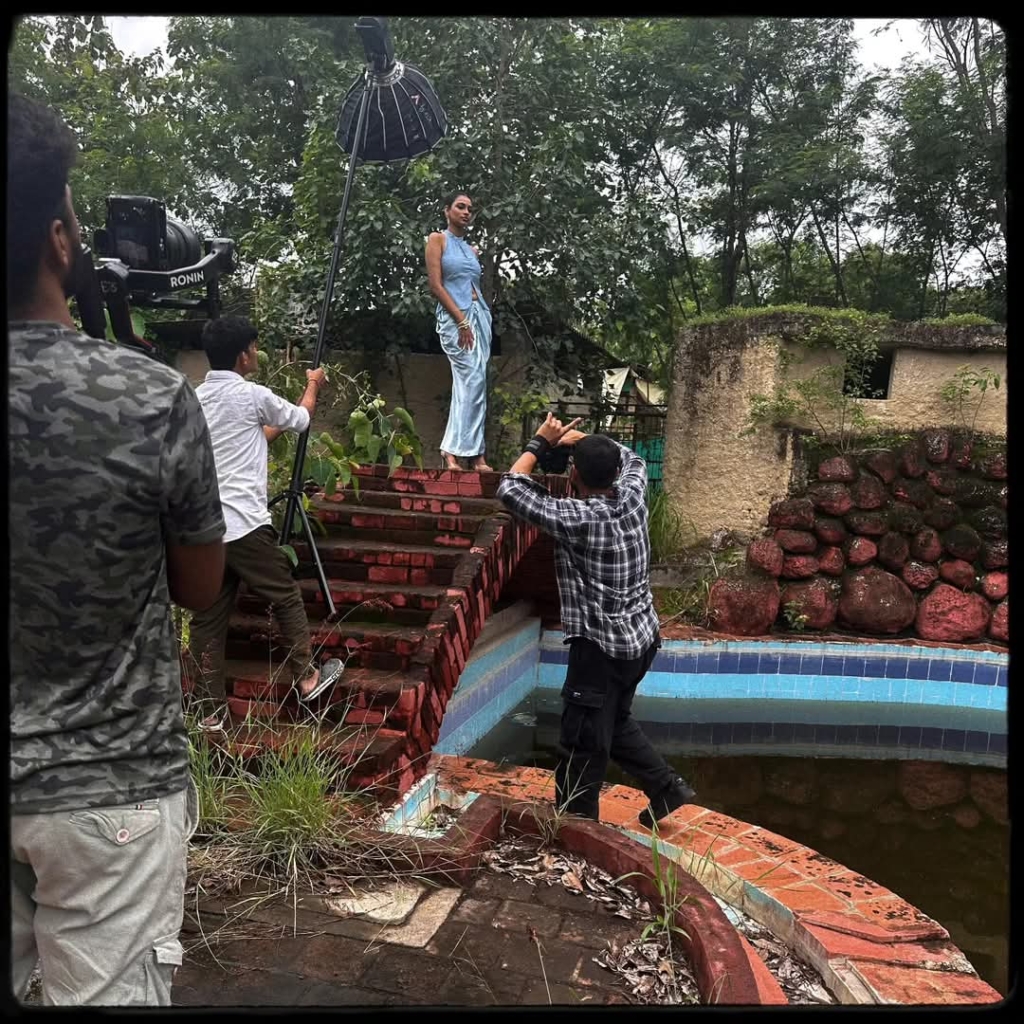
I’ve noticed that the best portraits happen when a model forgets they’re posing. The moment they relax, their facial muscles do too, and that’s when you capture something real.
Photography has evolved so much with social media trends and advanced gear. But I believe your style develops during the learning process. In the early days, I followed photographers from around the world, saving their work for inspiration. Without realizing it, I was absorbing their styles and unconsciously incorporating elements into my own.
Trends come and go, but I don’t chase them. Instead, I take bits and pieces that resonate with me and integrate them into my way of capturing. The same goes for cameras and gear—they should enhance your style, not dictate it.
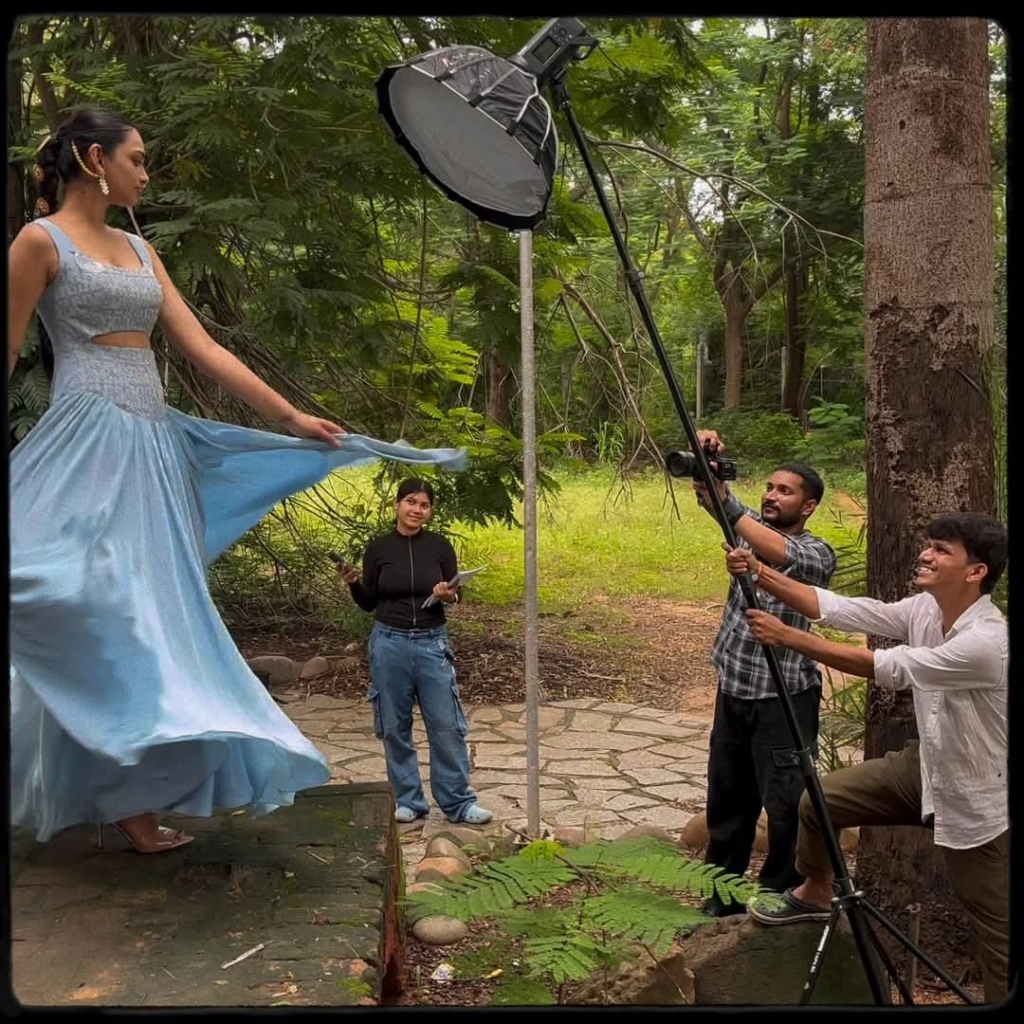
One of the hardest parts of a creative career is marketing your work. Creating art has always been the easy part for me. Getting people to notice it is a different challenge altogether. Just putting your work out there isn’t enough anymore—you have to be seen. These days, even follower count matters to clients. Personal branding is just as important as skill.
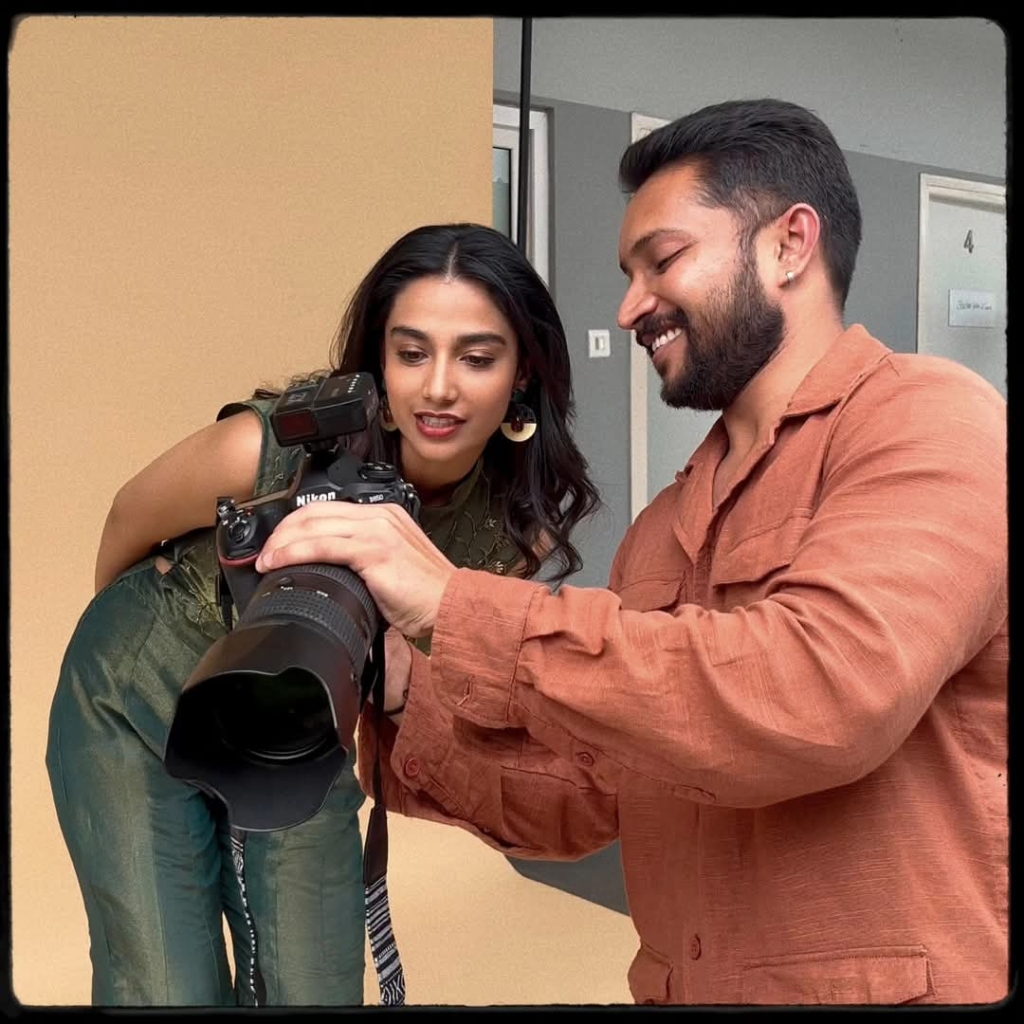
What keeps me going after all these years is the learning process. My journey has been in phases. First, I focused on mastering the camera, spending three years working with just one lens. Then, I spent two years refining my post-production skills. After that, I shifted my attention to lighting—starting with one light, experimenting with modifiers, then moving to a two-light setup. The cycle is simple: I learn, I practice, and I enjoy the results. When things start feeling repetitive, I switch gears and dive into a new technique, making the most of it.

Right now, I’m working on a prestigious project that I’m excited about, collaborating with some well-known names. There’s also a high-fashion shoot coming up with an actress, and this time, an art department is involved, which adds a new dimension to the process. I’m thinking of vlogging it for YouTube—let’s see how that goes.
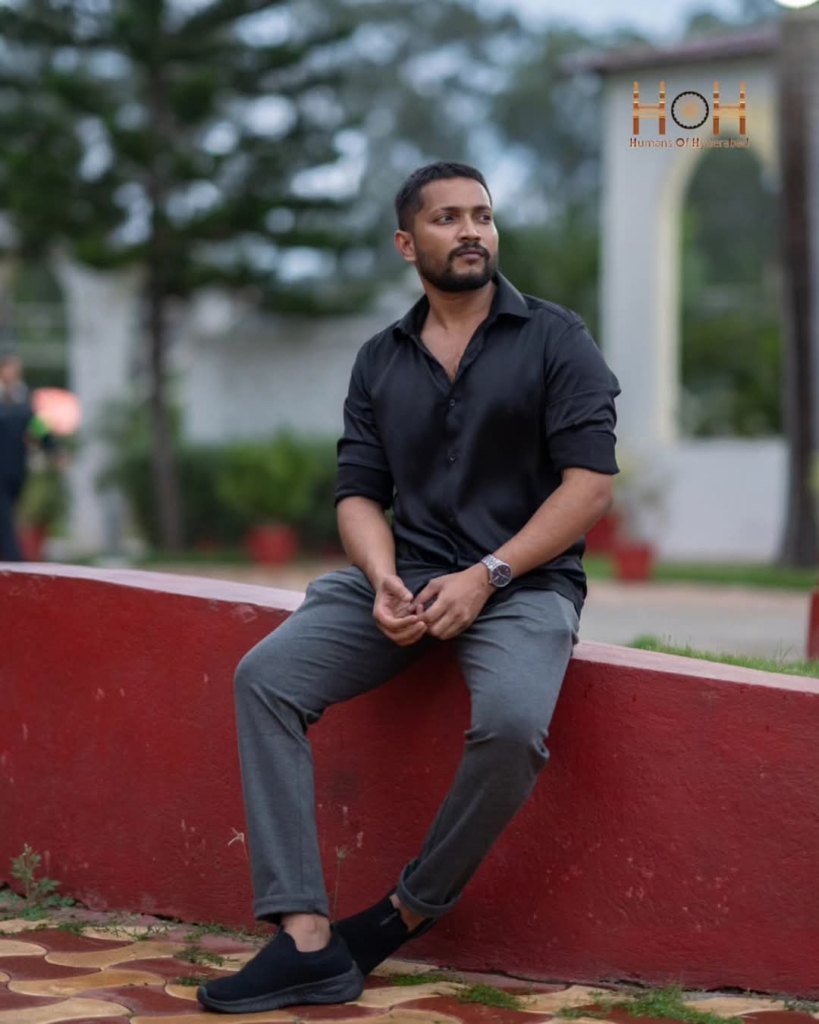
For anyone looking to get into fashion photography, my suggestions would be to understand fashion history, stay updated on trends, and build connections with designers and stylists. Learn lighting techniques, experiment with different setups, and create a strong portfolio by shooting with friends or local models. That’s how I started. Most importantly, find your own creative style. Networking within the industry will open doors.”
- Deepak S Surya, Photographer
